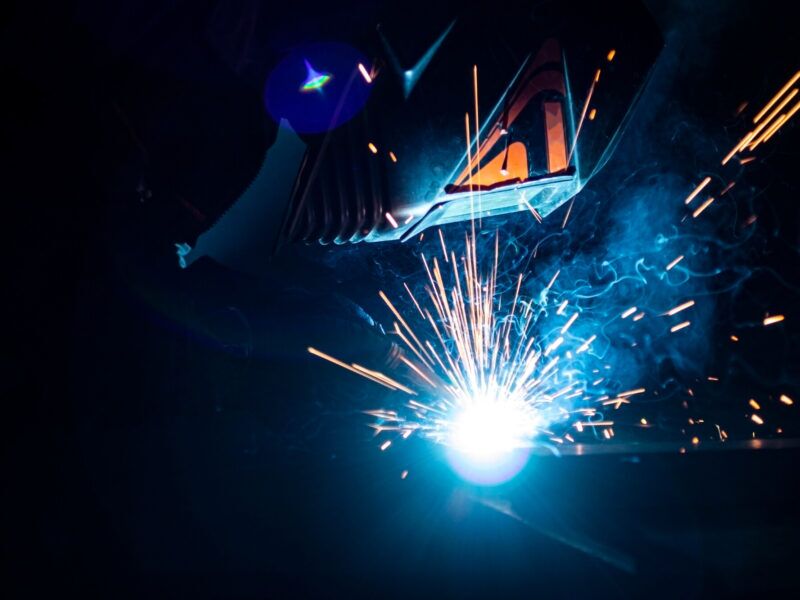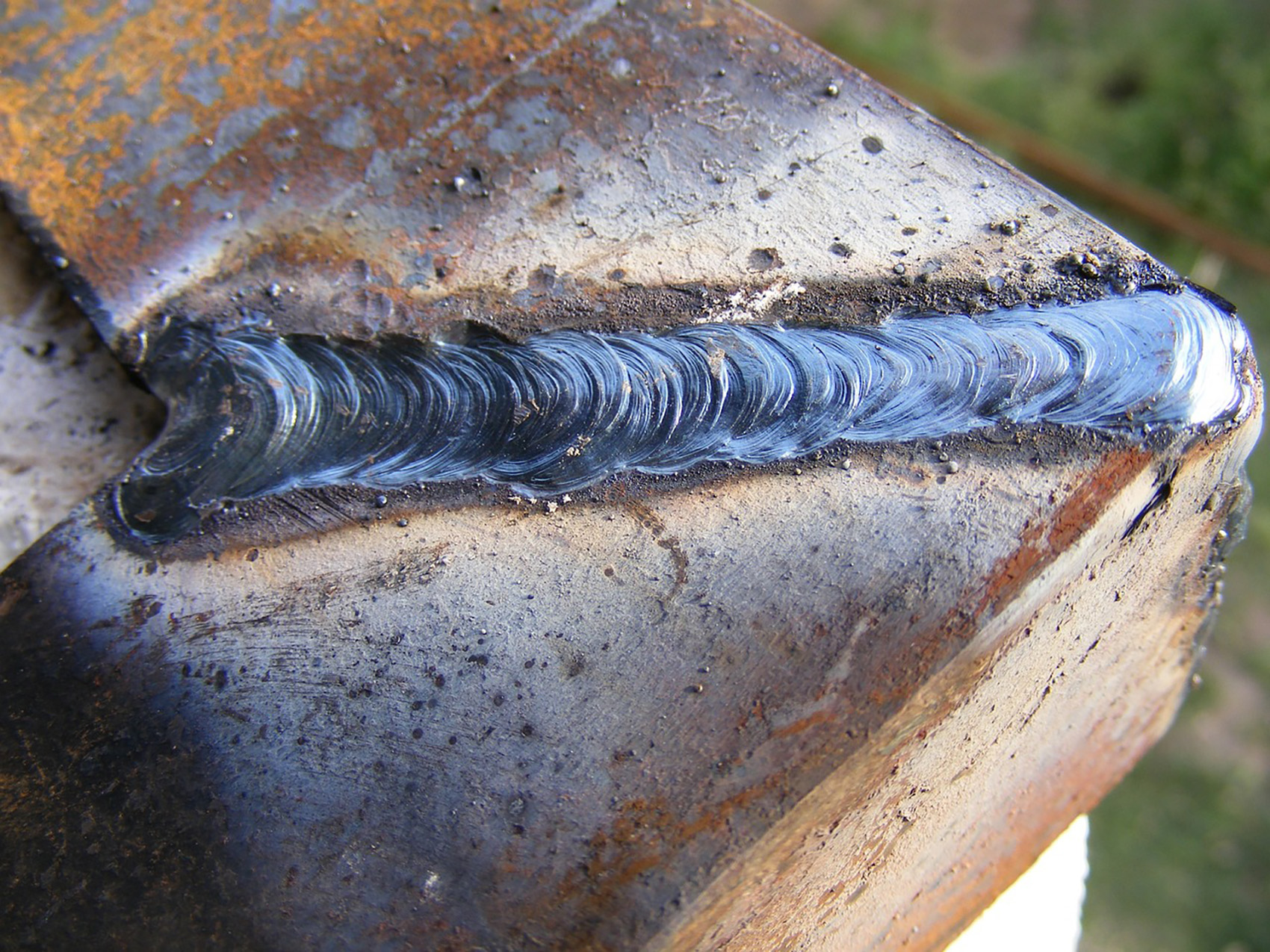Professional Techniques for Preventing Weld Undercut Effectively
Professional Techniques for Preventing Weld Undercut Effectively
Blog Article
Grasping the Art of Welding: How to Prevent Undercut Welding Issues for Flawless Construction Outcomes
Efficiency and precision are vital worldwide of welding, where even the slightest blemish can endanger the structural stability of a produced item. One usual difficulty that welders face is damaging, a problem that can weaken a weld joint and lead to pricey rework. By recognizing the source of undercut welding and applying efficient strategies to stop it, welders can elevate their craft to brand-new levels of excellence (Preventing weld undercut). In the search of remarkable manufacture outcomes, understanding the art of welding to prevent undercut concerns is not just a skill but a necessity for those making every effort for perfection in their work.
Understanding Undercut Welding

To avoid undercut welding, welders must guarantee correct welding specifications, such as changing the current, voltage, traveling speed, and keeping the correct electrode angle. By understanding the reasons of undercut welding and applying preventative measures, welders can achieve premium, structurally sound welds.
Sources Of Undercut in Welding
Comprehending the variables that contribute to undercut in welding is necessary for welders to produce top quality, structurally sound welds. Inadequate welding existing or wrong welding speed can also add to damage. Recognizing these reasons and carrying out correct welding methods can assist protect against damaging issues, guaranteeing strong and durable welds.
Techniques to stop Undercutting

To reduce the threat of undercutting in welding, welders can utilize critical welding methods intended at enhancing the quality and stability of the weld joints. Furthermore, making use of the appropriate welding method for the particular joint configuration, such as weave or stringer beads, can contribute to minimizing undercutting.
Additionally, proper joint preparation, consisting of making certain tidy base products complimentary of pollutants and using the appropriate welding consumables, is essential in preventing undercut defects. Using back-step welding strategies and managing the weld bead account can likewise assist distribute warmth uniformly and minimize the threat of undercut. Routine evaluation of the weld joint during and after welding, along with carrying out quality control procedures, can aid in attending to and spotting damaging problems without delay. By resource applying these look what i found techniques faithfully, welders can accomplish remarkable construction results with marginal undercut problems.
Relevance of Proper Welding Specifications
Picking and maintaining suitable welding specifications is important for accomplishing effective welds with minimal problems. Welding specifications describe variables such as voltage, current, travel speed, electrode angle, and protecting gas circulation price that directly impact the welding procedure. These criteria have to be thoroughly changed based on the sort of product being bonded, its density, and the welding technique employed.
Proper welding specifications guarantee the appropriate quantity of warmth is related to thaw the base steels and filler material uniformly. If the specifications are set too expensive, it can lead to excessive warm input, causing spatter, burn-through, or distortion. On the other hand, if the specifications are too reduced, insufficient blend, lack of penetration, or undercutting may occur.
Quality Control in Welding Workflow

Conclusion
To conclude, understanding the art of welding calls for a try this website complete understanding of undercut welding, its reasons, and methods to avoid it. By ensuring correct welding specifications and carrying out quality control techniques, flawless fabrication outcomes can be accomplished. It is essential for welders to regularly strive for excellence in their welding procedures to avoid undercut issues and generate high-grade welds.
Undercut welding, a common flaw in welding procedures, occurs when the weld steel doesn't properly load the groove and leaves a groove or clinical depression along the bonded joint.To protect against undercut welding, welders ought to make certain appropriate welding parameters, such as changing the present, voltage, traveling speed, and keeping the correct electrode angle. Poor welding present or inaccurate welding speed can likewise contribute to damage.To mitigate the danger of damaging in welding, welders can use critical welding strategies aimed at boosting the quality and honesty of the weld joints.In verdict, understanding the art of welding calls for a comprehensive understanding of undercut welding, its reasons, and techniques to avoid it.
Report this page